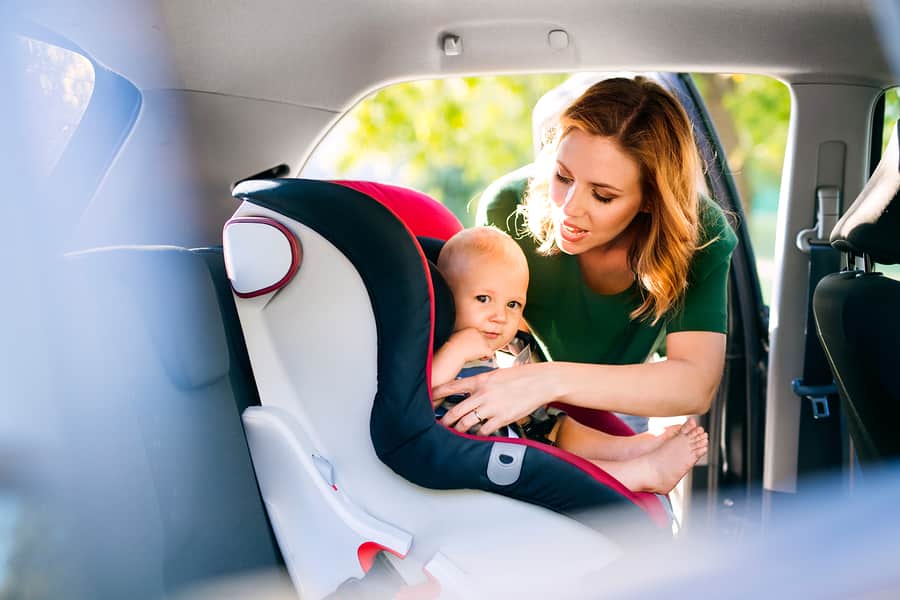Motor vehicle accidents continue to be the leading cause of death for children; but, by correctly using a car seat, parents and caregivers can drastically decrease the chances of injury or death. In an updated statement by the American Academy of Pediatrics (AAP), new research recommends children should stay in a rear-facing car seat as long as possible. While, past studies suggested children should remain in a rear-facing car seat at least until the age of 2.
A rear-facing car seat provides protection for the head, neck, spine, and legs. This is especially important for toddles, which commonly have larger, heavier heads. A rear-facing seat restrains the head, with forward-facing seats, their bodies are restrained but their heads are thrown forward.
The AAP recommends children remain in the their rear-facing seats until they reach the maximum weight or height. Now, parents and caregivers can find rear-facing seats that have a weight limit of 40 pounds or more, which is beyond the average of a 2 year old. Once children get close to their seat’s limit, parents should begin transitioning into a forward facing seat. Numerous forward facing car seats have weight limits of 60 pounds.
Car accidents are unpredictable, it is important to follow the AAP car seat guidelines for best protection of your child. The longer a child remains in a rear-facing seat, the longer they have to develop their neck and back. Further, be sure to read the instructions and manuals of your seat.





